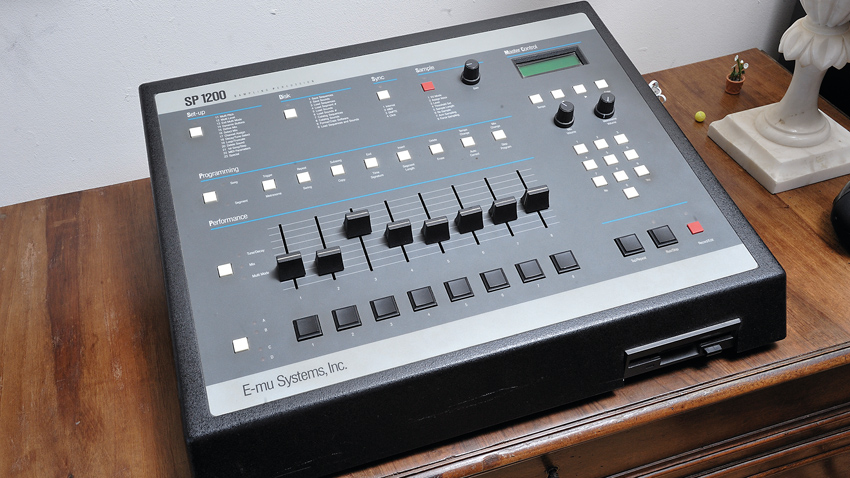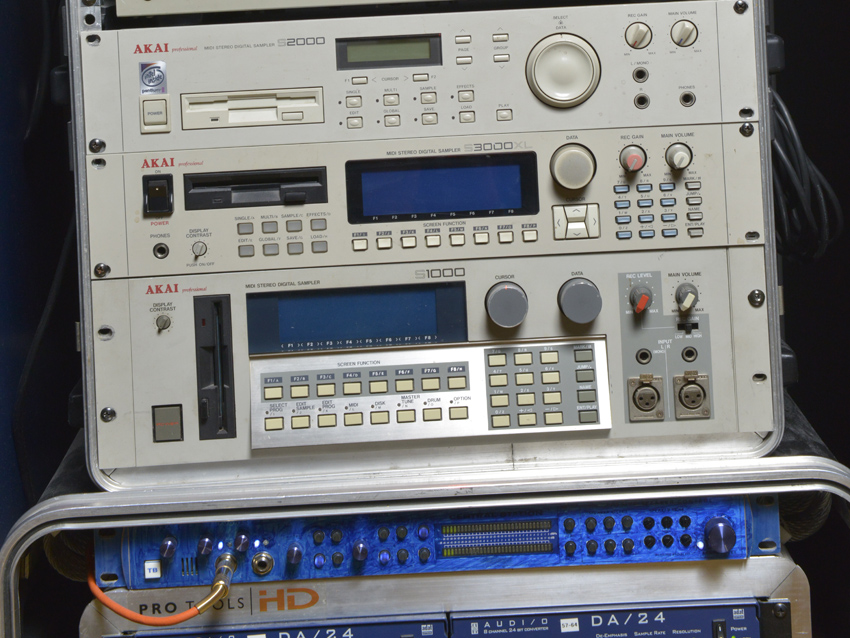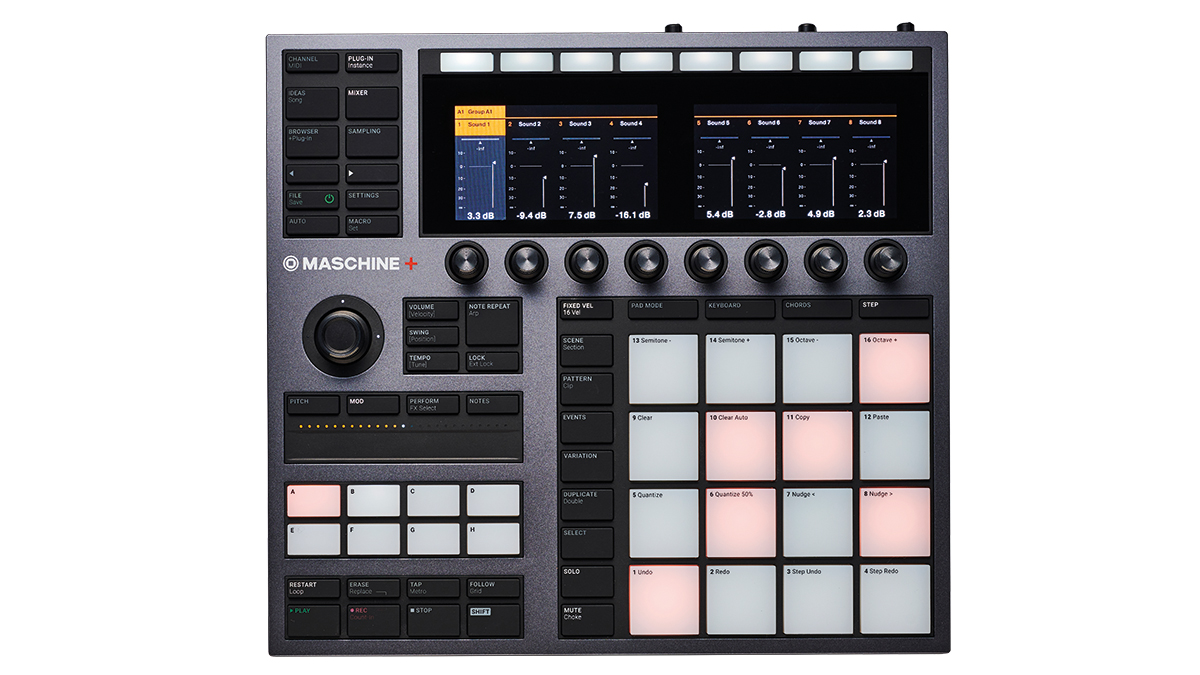The beginner's guide to: breakbeat
A genre, a technique and a way of life: from ’70s New York roots to today, breakbeats have shaped music culture

Regular readers know that this series has a borderline unhealthy obsession with neatly defined genres. Nothing excites us more than being able to pinpoint the exact starting point of a musical movement, the exact defining characteristics and the key gear used to make it.
This time is different. Breakbeat is a genre in a sense, but much more than that: it’s a history defined heavily by the evolution of the tech that enabled artists to create new sounds.
Our story starts, like so many others, in mid-’70s New York, where Jamaican-born Bronx DJ Kool Herc stumbled upon a technique while playing music for breakdancers, taking two copies of the same funk and soul records and playing them on a pair of turntables, cutting back and forth between the two to extend indefinitely the ‘breaks’ - the instrumental breakdowns where the arrangement drops down to drums and minimal musical elements.
This is, of course, the origin story of hip-hop as we know it. The combination of breakbeats and rapping, which evolved from the same block parties and B-boy culture, defined hip-hop. What happened next is that the breakbeat took on a life of its own, first through hip-hop and then other genres and offshoots.
We know where the story ends here, with the widespread proliferation of breakbeats and sampling, but remember that the DJ initially ruled the breakbeat universe for the simple reason that sampling was largely inaccessible. For instance, the famous Chic ‘sample’ on Sugarhill Gang’s Rapper’s Delight isn’t a sample at all, but the sound of a live band replaying the Good Times bassline.
It was only later, with the development of more affordable samplers like the E-MU SP-12 and Akai MPC60, that hip-hop fully adopted the sampled breakbeat as a technique, leading to the golden age of producers such as DJ Premier, Pete Rock and later J Dilla, who treated breakbeats as building blocks in their sample-based productions.
Breakbeat's history is defined heavily by the evolution of the tech that enabled artists to create new sounds.
From the late ’80s on, breakbeats began to infiltrate dance music, first via breakbeat techno, hardcore and jungle, via trip-hop and IDM, then into drum & bass and beyond.
Get the MusicRadar Newsletter
Want all the hottest music and gear news, reviews, deals, features and more, direct to your inbox? Sign up here.
By the late ’90s, breakbeat-derived strains of dancefloor music were so inherent to club culture that the idea of breakbeat or ‘breaks’ as a distinct genre solidified, albeit almost always with a modifier to describe the specific type of breaks: 303-heavy acid breaks, electro-infused Florida breaks, hip-hop-inspired big beat, jungle-offshoot breakcore, next-generation nu-skool breaks…
What’s particularly interesting about breaks from a production standpoint is the changing ways that artists have used breakbeat samples over the years. Those days of DJs looping up breaks on records defined the way early sampling was approached: producers typically did little more than loop a breakbeat in a sampler and use it as the rhythmic basis for a track.
As samplers got more powerful, you can trace the evolution of breakbeat use almost in real time, from jungle timestretching to IDM break chopping, right through to modern breakbeat use where high-gloss production techniques, sample processing and layering go hand in hand with the old-school methods. It’s truly an artform in which the technology and the creativity go hand in hand.
The idea of breakbeat as a genre has receded from fashion to some extent. It may not be the flavour of the month as far as dance music hipsters are concerned, but the use of breakbeats and the influence of breaks on dance culture is just as obvious as ever, from irrepressible scene stalwarts Stanton Warriors to younger producers like Bicep, whose giant 2017 hit Glue is just one of many breakbeat masterpieces from the Northern Irish duo.
Breakbeats: the evolution of sampler technology
1. E-MU SP-12
Breakbeats and samplers go hand in hand, helping shape the creative options of producers and the sounds themselves.
Released in 1985, the SP-12 was widely considered the first commercially successful sampler. Other equivalents like the Akai MPC60 followed, bringing sampling to a (relatively) affordable price next to its far more expensive predecessors like the hugely expensive Fairlight CMI workstation or E-MU's own Emulator sampling synths.
With a built-in sequencer, drum-focussed workflow and gloriously gritty 12-bit sound, the SP-12 is a true classic.
2. Akai S1000

Sampler technology advanced quickly, and by the late ’80s the focus had shifted from standalone sampling workstations with built-in sequencers to the more compact and powerful rack-mount format of samplers like the Akai S series. The increasing sample memory and more versatile editing options allowed producers to chop and resequence breaks more easily, timestretch accurately and apply increasingly complex effects.
3. NI Maschine Plus

The latest instalment in NI’s sample-redefining hybrid system Maschine takes things to new levels. The Plus is the first standalone instrument in the Maschine range, and it perfectly represents the options on offer to contemporary producers working with breakbeats: huge sample processing power, support for up to 1TB of removable sample storage, effects and editing all built into a single instrument. We’ve never had it so good.


Future Music is the number one magazine for today's producers. Packed with technique and technology we'll help you make great new music. All-access artist interviews, in-depth gear reviews, essential production tutorials and much more. Every marvellous monthly edition features reliable reviews of the latest and greatest hardware and software technology and techniques, unparalleled advice, in-depth interviews, sensational free samples and so much more to improve the experience and outcome of your music-making.










